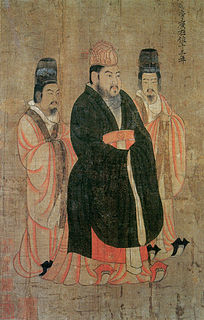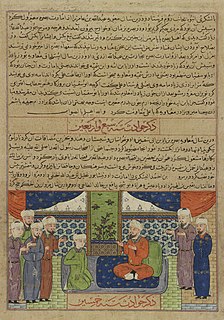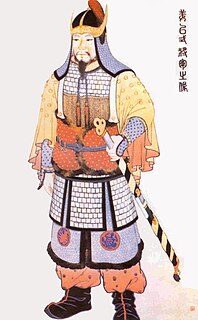The 620s decade ran from January 1, 620, to December 31, 629.
The 790s decade ran from January 1, 790, to December 31, 799.
The 630s decade ran from January 1, 630, to December 31, 639.

Year 604 (DCIV) was a leap year starting on Wednesday of the Julian calendar. The denomination 604 for this year has been used since the early medieval period, when the Anno Domini calendar era became the prevalent method in Europe for naming years.

The 640s decade ran from January 1, 640, to December 31, 649.
The 650s decade ran from January 1, 650, to December 31, 659.

The 660s decade ran from January 1, 660, to December 31, 669.
The 670s decade ran from January 1, 670, to December 31, 679.
The 680s decade ran from January 1, 680, to December 31, 689.
The 560s decade ran from January 1, 560, to December 31, 569.
The 580s decade ran from January 1, 580, to December 31, 589.
The 590s decade ran from January 1, 590, to December 31, 599.

Year 626 (DCXXVI) was a common year starting on Wednesday of the Julian calendar. The denomination 626 for this year has been used since the early medieval period, when the Anno Domini calendar era became the prevalent method in Europe for naming years.

Year 612 (DCXII) was a leap year starting on Saturday of the Julian calendar. The denomination 612 for this year has been used since the early medieval period, when the Anno Domini calendar era became the prevalent method in Europe for naming years.

Year 613 (DCXIII) was a common year starting on Monday of the Julian calendar. The denomination 613 for this year has been used since the early medieval period, when the Anno Domini calendar era became the prevalent method in Europe for naming years.

Year 617 (DCXVII) was a common year starting on Saturday of the Julian calendar. The denomination 617 for this year has been used since the early medieval period, when the Anno Domini calendar era became the prevalent method in Europe for naming years.

Year 618 (DCXVIII) was a common year starting on Sunday of the Julian calendar. The denomination 618 for this year has been used since the early medieval period, when the Anno Domini calendar era became the prevalent method in Europe for naming years.

Year 619 (DCXIX) was a common year starting on Monday of the Julian calendar. The denomination 619 for this year has been used since the early medieval period, when the Anno Domini calendar era became the prevalent method in Europe for naming years.

Year 598 (DXCVIII) was a common year starting on Wednesday of the Julian calendar. The denomination 598 for this year has been used since the early medieval period, when the Anno Domini calendar era became the prevalent method in Europe for naming years.
The 600s decade ran from January 1, 600, to December 31, 609.









